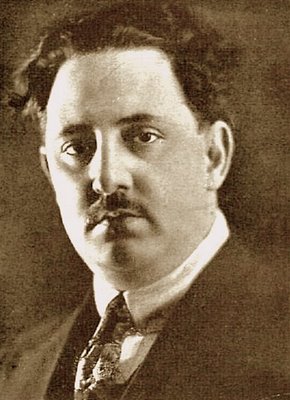4.2.7.2 The essayistic and testimonial tone in the narrative of Alfonso Hernández Catá (1885 – 1940)

Some of Alfonso Hernández Catá’s works, given their reflective leanings, are closer to essays or are of a mixed nature, containing pieces of non-homogeneous generic categories. In this sense, a certain contradiction is evident between his literary vocation and that of psychological and also social inquiry, as a context for individual psychology.
“Picturesque Zoology” and “The Menagerie,” published in 1919 and 1922, respectively, are bestiaries of fables that reveal the secret springs of supposed human ethics, although they fall short of the aesthetic care of other works. Criticism, however, demonstrates a certain expository detachment that subverts other texts.
Meanwhile, “Mythology of Martí,” from 1929, contains narratives and dissertations about the figure of Martí, some of them of testimonial value, such as the evocation of “Don Cayetano the Informal,” which constitutes a laudatory piece of this man’s upright conduct, based on historical data. Some pieces are more recreations than pure testimonies, but they have the value of achieving a valid approach to the Apostle’s personality through fiction.
For his part, “Manicomio” (Madhouse), from 1931, contains rather diluted stories in the dissertation-like tone typical of an essay, revolving around insanity and its interweaving with social factors. His interest in the human leads him to delve into the sordidness of these realms from a quasi-scientific perspective, but for this reason, it loses its artistic connotation, the treatment of formality, and even the argumentative plane, relegated to the side, as the author primarily seeks to express his perspective on the phenomenon.
For his part, “A Cemetery in the Antilles,” from 1933, a key year in the country’s history, contradicts Alfonso Hernández Catá’s lack of political concerns, as his pieces address different facets of Gerardo Machado’s dictatorship—including a not entirely plausible approach to his personality—and the revolutionary situation of the period, in addition to establishing a historical continuity based on the struggles of 1968.
In addition to the aforementioned books, he published several articles in “Gráfico,” “El Fígaro,” and “Social,” among other contemporary publications. He also wrote several plays in collaboration with Alberto Insúa. His narrative work has been translated into several languages, and a literary competition was established in his name, which ran until the final decades before the triumph of the Revolution.








